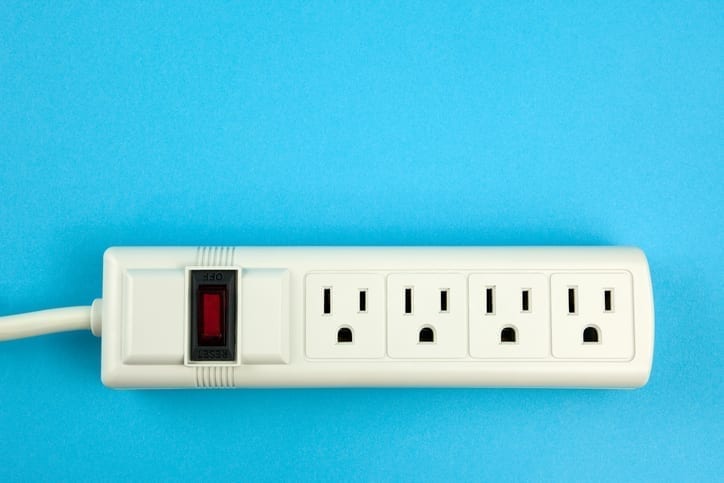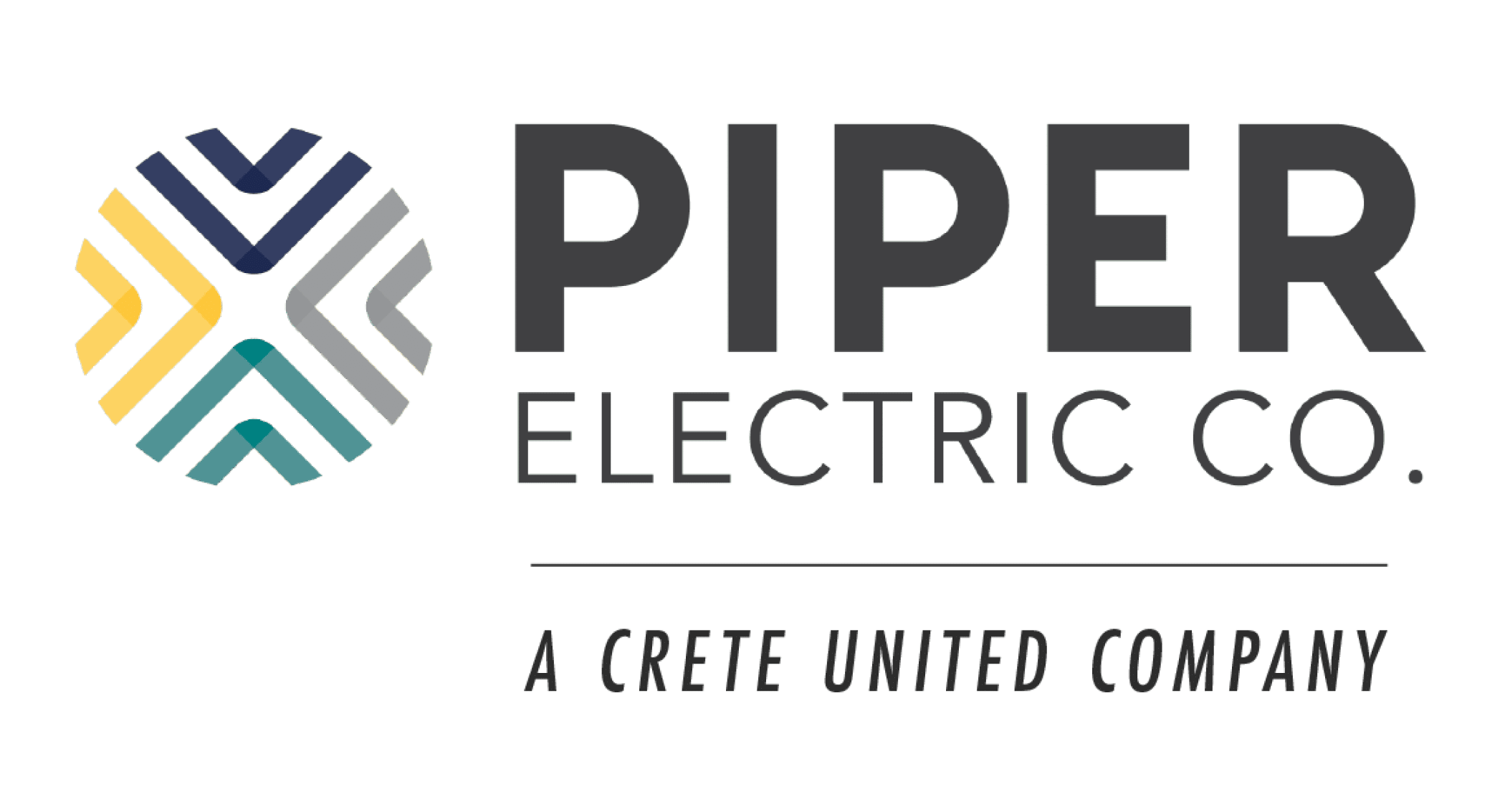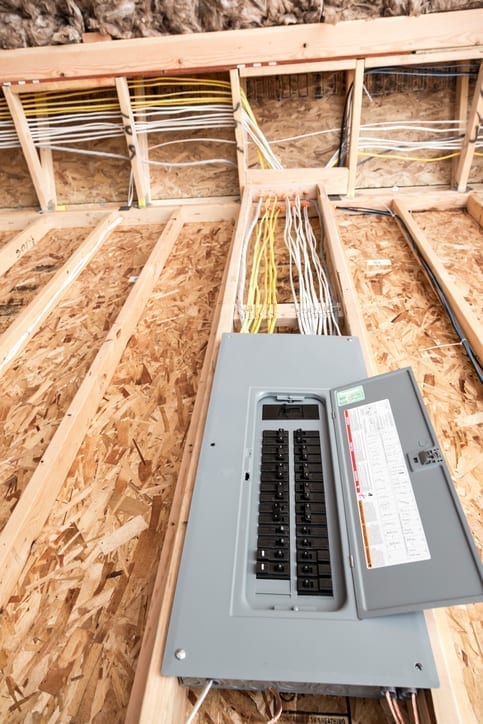
Power strip vs. Extension cords
Everyone uses power strips and extension cords in homes and workplaces, yet many don’t know that the two most common plugin options are different. In fact, there are a couple of differences between them. Although both of them are designed to plug in multiple electronic devices at a time and can help prevent power spikes, they are not the same. In simple words, power strips plug into the power outlet on the wall and allow you to connect multiple appliances and devices at a time. They have a one-length cable that has a three-pin plug on one end and sockets enclosed in a box on the other end. It is important to remember safety is the top priority in the home. These 5 electrical safety tips are important to remember when using a power strip.
These are key points to remember about power strips:
- Power strips can handle multiple small loads at a time.
- Power strips come with a range of voltage ratings.
- Power strips lack longevity or stability for extended use.
- Power strips are called a Temporary Power Tap (TPT) and come with six outlets with overcurrent protection.
Extension cords, on the other hand, have a similar design but are longer compared to power strips. They are also less stable and come with only two or three plugs. However, less stability doesn’t mean extension cords are not useful. What it means is that they are for short-term uses of one-hour duration, as opposed to power strips, which you can use for a few days.
Power strip safety tips you should know about
Never connect two power strips with each other
Connecting two power strips with each other is known as “daisy chaining.” Doing so is dangerous. One of the power strips may overload and cause a fire. Instead of connecting power strips for more length, it’s better to buy a longer one than triggering any hazard.
Avoid space heaters
Space heaters consume large amounts of electricity. Most of the power strips cannot handle so much load. You should ensure that your powers strip is rated for heavy appliances to correct the energy absorption or else you might face a meltdown.
Avoid using frayed cables
Make sure the casing around your cable is in proper condition so that you don’t damage your devices. Cables that are frayed can be extremely dangerous. They may cause an electric shock. So, in case you see any damage in the casing, take it to a service center immediately.
Plug only one device at a time
Avoid overloading your power strip by connecting multiple heavy appliances. For example, if you plug-in your computer to one, make sure you don’t plug-in your television to the same one. It may overload and blow a fuse, potentially damaging all the connected devices.
Discard promptly
Lastly, you shouldn’t use power strips beyond their intended period of use as they are only for short-term use. You should discard your power strip once you exceed the specified usage period.
If it gets hit quickly, it’s best to discontinue using it.
Electrical Safety Tips from Professional Electrical Contractors
Quality service and a firm foundation of trust have been the defining features of Piper Electric since 1983. We’re proud to serve the greater Denver and Arvada areas through top-of-the-line electrical services that are delivered with professionalism and integrity at every step of the way. Get in touch today.

